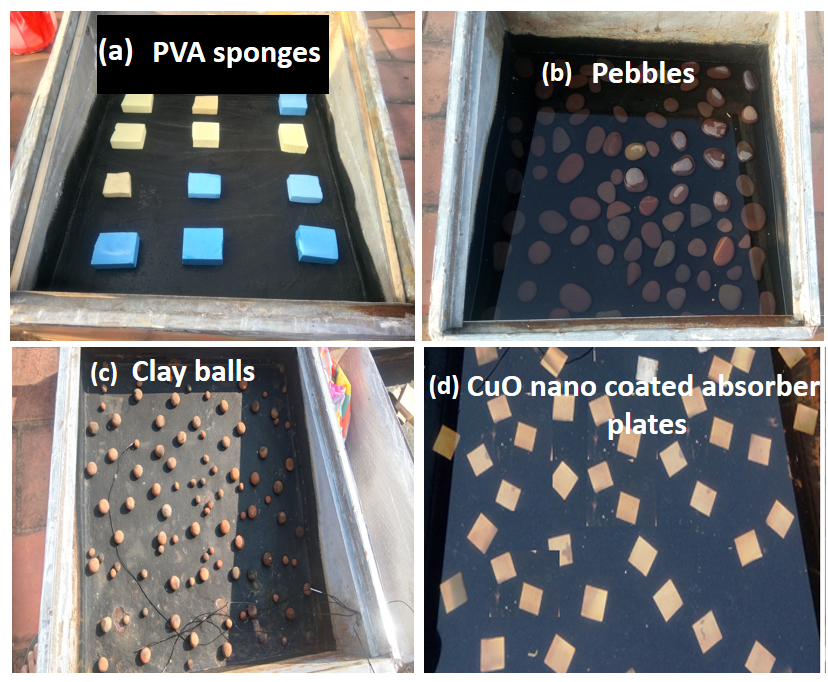New Peer-Reviewed Paper Explores Thermal Storage in Solar Stills

Solar stills are simple devices consisting of a basin holding saltwater and a glass cover. As sunlight passes through the glass and heat is absorbed by the basin, it causes the water to evaporate. That vapor condenses on the cool underside of the glass and runs off. The pure water is ideal for human consumption.
ACEP's David Denkenberger, among other co-authors, recently had a peer-reviewed journal article, “Sensible Desalting: Investigation of sensible thermal storage materials in solar stills,” accepted in the Journal of Energy Storage.
The article explains the capacity of four materials to absorb sunlight in a solar still. The materials store heat as they warm up, which is called sensible thermal storage (as opposed to latent thermal storage, e.g., when a phase-change material such as wax melts). The costs of water distilled with the four materials range between 0.32 and 0.19 cents per gallon. Obviously, it is sensible to use these sensible thermal storage materials in solar stills.
Denkenberger also recently enjoyed seeing another collaborative paper, titled “Potential of microbial protein from hydrogen for preventing mass starvation in catastrophic scenarios,” published in Sustainable Production and Consumption.
For more information on these papers and research areas, contact David Denkenberger at ddenkenberger@alaska.edu.
Sensible thermal materials. Image courtesy of David Denkenberger.


